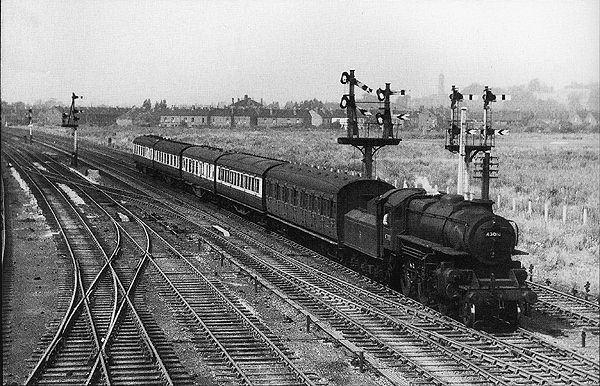Stamp: Chillon Castle & Dents du Midi (Switzerland 1948)
Chillon Castle & Dents du Midi (Switzerland 1948)
15 March (Switzerland ) within release Landscapes (1948) goes into circulation Stamp Chillon Castle & Dents du Midi face value 10 Swiss centime
| Stamp Chillon Castle & Dents du Midi in catalogues | |
|---|---|
| Michel: | Mi: CH 501PU |
Stamp is vertical format.
Issued in various other colorsAlso in the issue Landscapes (1948):
- Stamp - Chillon Castle & Dents du Midi face value 10;
- Stamp - Castagnola Church & San Salvatore Massive face value 20;
- Stamp - Castagnola Church & San Salvatore Massive face value 20;
- Stamp - Chillon Castle & Dents du Midi face value 10;
- Stamp - Grisons National Park face value 25;
- Stamp - Pilatus Mountain Viewed from Stansstad face value 5;
- Stamp - Pilatus Mountain Viewed from Stansstad face value 5;
- Stamp - Rhein Falls near Schaffhausen face value 30;
- Stamp - Seealpsee Lake & Säntis Mountain face value 40;
Stamp Chillon Castle & Dents du Midi it reflects the thematic directions:
A castle (from Latin: castellum) is a type of fortified structure built in Europe and the Middle East during the Middle Ages by European nobility. Scholars debate the scope of the word castle, but usually consider it to be the private fortified residence of a lord or noble. This is distinct from a palace, which is not fortified; from a fortress, which was not always a residence for nobility; and from a fortified settlement, which was a public defence – though there are many similarities among these types of construction. Usage of the term has varied over time and has been applied to structures as diverse as hill forts and country houses. Over the approximately 900 years that castles were built, they took on a great many forms with many different features, although some, such as curtain walls and arrowslits, were commonplace.
A lake is a naturally occurring, relatively large and fixed body of water on the Earth's surface. It is localized in a basin or interconnected basins surrounded by dry land. Lakes lie completely on land and are separate from the ocean, although they may be connected with the ocean by rivers, such as Lake Ontario. Most lakes are freshwater and account for almost all the world's surface freshwater, but some are salt lakes with salinities even higher than that of seawater. Lakes vary significantly in surface area and volume.
A landscape is the visible features of an area of land, its landforms and how they integrate with natural or man-made features. A landscape includes the physical elements of geophysically defined landforms such as (ice-capped) mountains, hills, water bodies such as rivers, lakes, ponds and the sea, living elements of land cover including indigenous vegetation, human elements including different forms of land use, buildings and structures, and transitory elements such as lighting and weather conditions. Combining both their physical origins and the cultural overlay of human presence, often created over millennia, landscapes reflect a living synthesis of people and place that is vital to local and national identity. The character of a landscape helps define the self-image of the people who inhabit it and a sense of place that differentiates one region from other regions. It is the dynamic backdrop to people’s lives. Landscape can be as varied as farmland, a landscape park, or wilderness. The earth has a vast range of landscapes, including the icy landscapes of polar regions, mountainous landscapes, vast arid desert landscapes, islands and coastal landscapes, densely forested or wooded landscapes including past boreal forests and tropical rainforests, and agricultural landscapes of temperate and tropical regions.
Railways - Transportation system made up of metal rails which is designed to allow trains to maneuver on the tracks from one location to the next.



